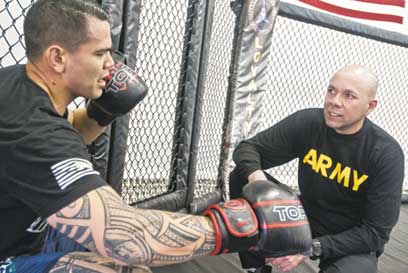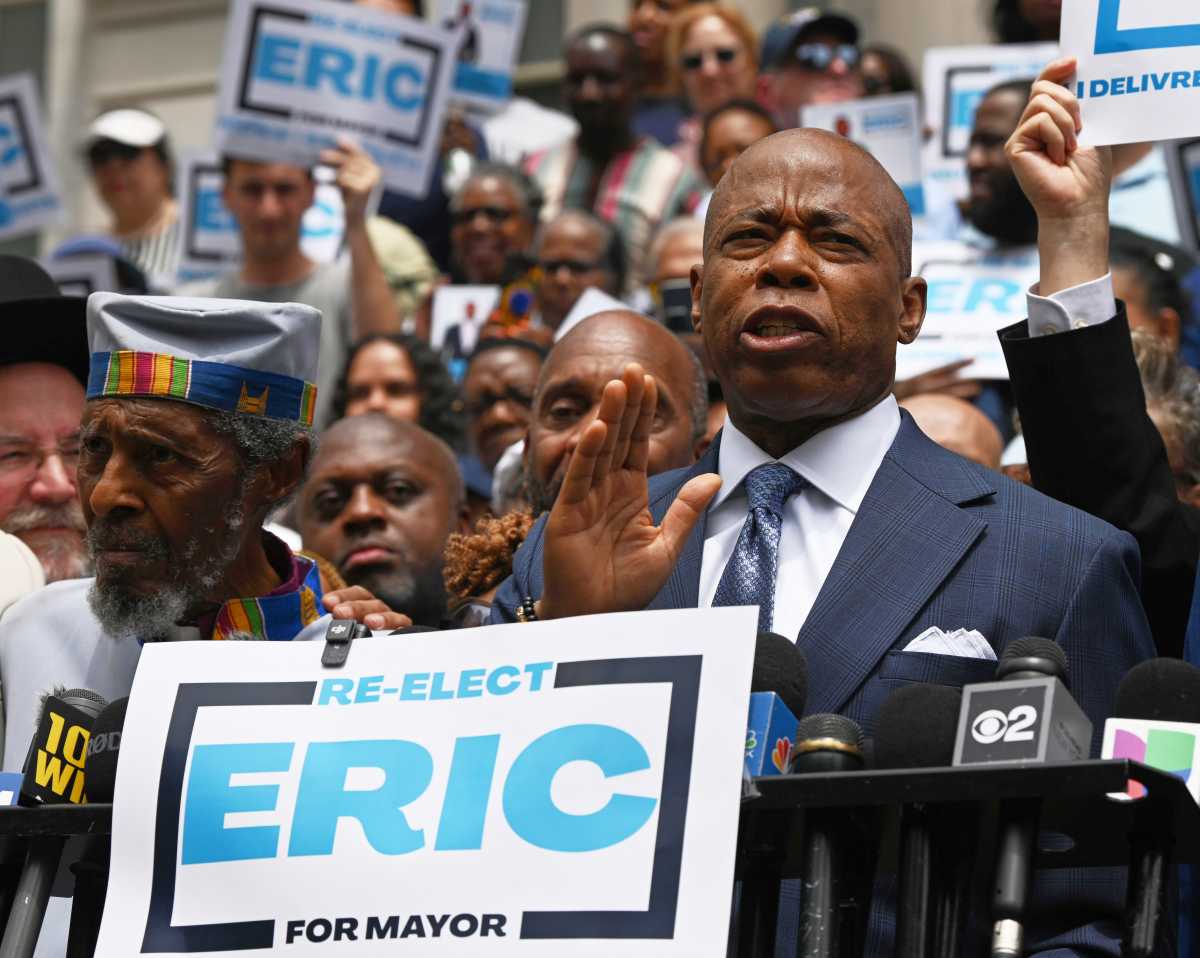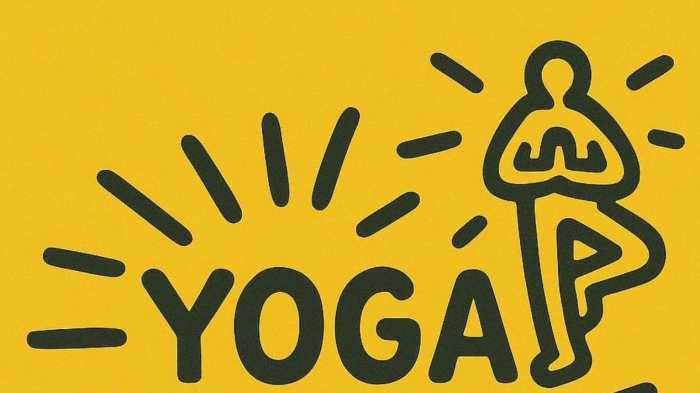After firing off a medley of artillery rounds, 19-year-old Edgar Fuentes set off with his convoy traversing the very area they had just fired on.
It was then, during the Gulf War, that Brooklyn-native Command Sgt. Maj. Edgar Fuentes of the 2nd Battalion, 82nd Field Artillery Regiment, was first introduced to the realities of post-traumatic stress disorder, but it would be decades before he felt comfortable seeking help and finding an effective outlet for the barrage of intense thoughts and emotions.
But in the beginning, it was a different Army then.
“You’re weak if you talk about it,” Fuentes said. “In 1990, you didn’t talk about how you’re not able to sleep or you’re waking up in the middle of the night. There was no talking about going to get help. It was not like it is today, user-friendly and encouraging.”
Between then and now, the Army culture has adopted a much keener eye, compassionate heart, and helping hand for identifying and treating soldiers with post-traumatic stress disorder and other mental health issues.
As part of his therapy, Fuentes and his therapist set out to find his “happy place.”
“We started digging into things that put me in my happy place,” he said. “We were trying to figure out where can we find the Fuentes that was before, because I was a happy, motivated guy, but that was going away, so what was it I used to do that maintained me like that? What is a thing that I did in the past that could help me to deal with the PTSD without me knowing it?”
It turned out his happy place was in the boxing ring.
“I started going to the gym and training soldiers,” said Fuentes. “My lunch was going out of here, going to the gym, practicing fighting, teaching soldiers who had upcoming fights, and then at nighttime, Saturday and Sunday, I did it. And I was able to cope with all the stress and depression and anxiety that I had, so it was working, and I said, ‘This is it.’ My doctor said, ‘This is you. This is you.’ Of course, I still go to counseling. That’s not the remedy of all, but it helped me tremendously.”
Although the Army had put services and resources for coping with PTSD in place much earlier than Fuentes actually took advantage of them, he had a lingering fear of the stigma that is often associated with mental health concerns.
“Every time I came back from deployment, we did the reverse [Soldier Readiness Processing], and they asked: ‘Have you had an issue, do you want to see someone?’ ” Fuentes said. “Of course, it’s no, because you don’t want that — the stigma, you know. I’m a sergeant first class. I want to make E-8. The stigma was if you have a mental health issue, I don’t think, the Army was prepared to work with you, so they just set you aside. I knew if I was put in that equation, I would never get promoted. I knew this for a fact.”
In addition to the stigma, maintaining a security clearance was also a concern for those struggling with PTSD, but in 2008, the wording of Question No. 21 on the SF86 was changed to “Mental health counseling in and of itself is not a reason to revoke or deny a clearance.”
The mental health climate was becoming more favorable, but Fuentes was still struggling with the idea of getting help.
“I was concerned how people were going to look at me as a first sergeant or a platoon sergeant,” he said. “When the conversation started about encouraging soldiers to seek help, there was still a stigma. Because I’ve been in those meetings where people say, ‘He’s broke.’ I’ve been in those meetings. Every time I hear somebody say, ‘He’s broke,’ I have to calm down, because I want to say so many things. I was concerned about losing my military bearing, because they were talking about me.”
It wasn’t until he began to see the effect his PTSD was having on his family that he decided to see a doctor.
“It got to a point in my life where I knew that my family was suffering based on my PTSD,” he said. “I’m sad to say my relationship with my wife and kids was not what it should be. I felt comfortable among my people, so I stayed longer at work, not needing to be there. It’s just it was easier for me to stay here with the people that I had here instead of going home.”
Fuentes said he was always supportive of soldiers who came to him expressing difficulties coping with PTSD, but did not seek help himself.
Along with seeing his counselor regularly, coaching the soldiers at Kieschnick Physical Fitness Center gives him back the happy, motivated guy he was before all the gruesome images of war and multiple deployments.
“The adrenaline you get from learning and teaching somebody to do something and seeing them develop through their training,” Fuentes said, “and when it comes down to fighting, and we’re actually in the cage or in the ring about to perform and all of that hard work you did for eight weeks of training, and you see it works, and we get a win. It’s satisfying. It’s the greatest feeling in the world.”























